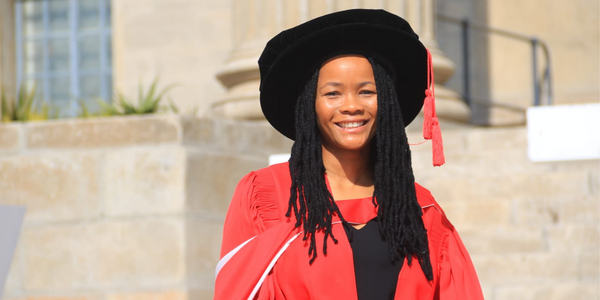Social vulnerability and food insecurity persistently prevalent in South Africans
- Wits University
A new study reveals astounding levels of social vulnerability in South Africa, which is linked to food insecurity.
The findings show that more than 20.6% of South Africans are socially vulnerable and 20.4% are food insecure.
Furthermore, food insecurity was almost three times higher in those considered socially vulnerable.
Social vulnerability refers to the attributes of society that make people and places susceptible to natural disasters, adverse health outcomes, and social inequalities.
Social vulnerability is assessed using several tools, including the social vulnerability index (SVI), developed by the US Centers for Disease Control and Prevention (CDC), to identify individuals' and communities' susceptibility to environmental disasters.
Although the SVI was intended for disaster management, researchers have adopted the SVI to describe social vulnerability to other public health threats, including the Covid-19 pandemic, food insecurity, and obesity.
The Department of Science and Innovation (DSI)-National Research Foundation (NRF) Centre of Excellence in Human Development (CoE-Human), based at Wits University, conducted a nationally-representative survey of 3 402 people (weighted data representing approximately 39.6 million households) aged 18 years and older to calculate their SVI score. This is the first study to measure social vulnerability using an SVI.
The COE-Human adapted the CDC’s SVI for a South African context. The adapted SVI included 10 social vulnerability indicators (eg, employment status, years of schooling, household asset score) across three domains: socioeconomic status, household composition and disability, and housing and transportation.
These SVI indicators and domains predispose people or communities to adverse outcomes – ie, food insecurity.
In addition, the COE-Human measured food insecurity using a modified Community Childhood Hunger Identification Project.
"Our SIV findings reveal that people residing in the province of Mpumalanga, in rural areas, who do not have a high school certificate, are older than 45, and are black and female are the most socially vulnerable populations,” says Dr Asanda Mtintsilana, lead author on the study, titled Social vulnerability and its association with food insecurity in the South African population: findings from a National Survey and published in the Journal of Public Health Policy.

The study also confirms that Black African and Coloured households, typically poorer than white, Asian and Indian households, had a higher prevalence of social vulnerability than their counterparts.
The COE-Human study found some notable differences from previous studies about social inequality.
"Our data suggest that Mpumalanga was the most vulnerable province even though the Eastern Cape, KwaZulu-Natal, and Limpopo are the three provinces with the largest rural populations. In these provinces, many are unemployed, living in poverty, and experiencing chronic food insecurity," says Mtintsilana.
These discrepancies might be explained by the dynamic nature of social vulnerability, particularly during the pandemic.
"As observed in most countries, the pandemic also led to an economic decline and higher unemployment rates in South Africa … It is possible that Mpumalanga might have been disproportionately affected by the pandemic, although this needs further investigation."
Mtintsilana says there needs to be an urgent, collaborative and innovative framework to grow a stable economy, create jobs, improve the education system, and develop social initiatives that will reduce or eliminate social inequalities in South Africa.
Social relief and distress measures, such as grants, food parcels and vouchers, should also be permanent, she says, until people are no longer vulnerable or food insecure.
"The social relief of distress grant was a critical intervention during the pandemic. While many might argue that social grants are not feasible or sustainable, particularly because of our struggling economy, our findings suggest that they are needed to deal with the effects of food insecurity.
Our study results support the Department of Social Development’s proposal to introduce the Basic Income Grant [BIG], which will provide income support to vulnerable groups.”
The Covid-19 response outlined ways to tackle social vulnerability and food insecurity. Collective efforts from government, business and society during Covid-19 revealed how human disaster could be mitigated. This approach may alleviate the suffering of this country's most vulnerable, who are more than likely the elderly, women and children.
The Covid-19 pandemic saw a collaboration between government, businesses, NGOs and faith-based organisations, which all worked together to provide goods and financial assistance to vulnerable individuals and communities. This partnership can be retained and strengthened in the fight against food insecurity, says Mtintsilana.
Since social vulnerability and food insecurity are interlinked and dynamic, researchers propose monitoring these patterns over time. This will guide the government and others to re-evaluate and develop new initiatives to combat current and future food insecurity.
Mtintsilana says, "It is hoped that this research will help policymakers identify the communities and population groups who require targeted social relief efforts. It may create a more efficient social support system.”

